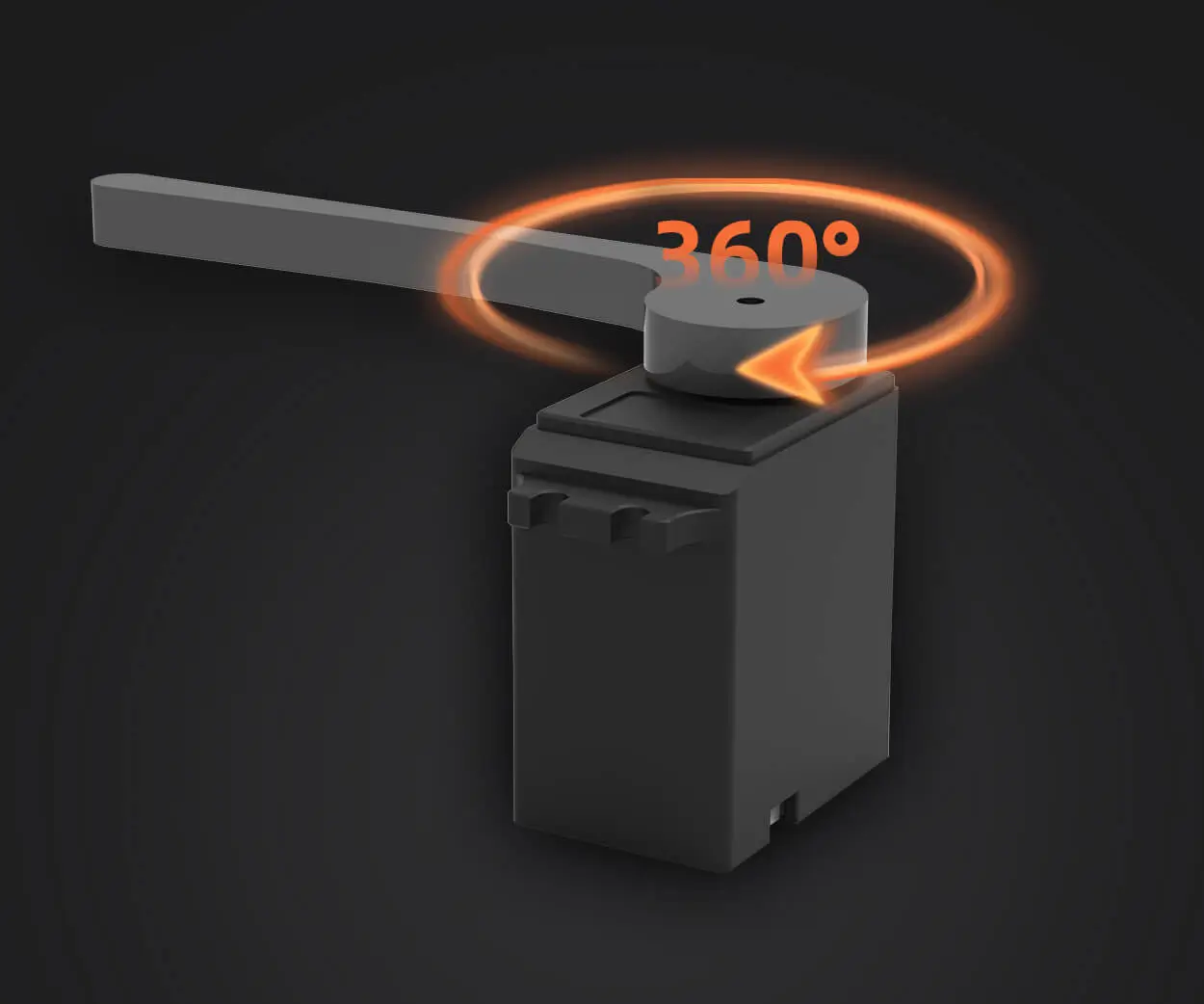part 1: The Magic Behind the Movement: An Introduction to RC Servos
Imagine a world where machines move with finesse, precision, and purpose—miniature marvels that bring imagination to life. At the heart of many remote-controlled devices, robots, and automation projects lies a small yet mighty component: the RC servo. These tiny motors are the unsung heroes of the RC world, dictating how models turn, lift, and perform complex maneuvers with remarkable accuracy.

What is an RC servo? Simply put, an RC servo is a compact motor equipped with a built-in gear train, position sensor (usually a potentiometer), and control circuitry. It is designed to rotate its output shaft to a specified position based on a control signal—often a pulse-width modulated (PWM) signal—delivering precise movement within a limited range, typically 0 to 180 degrees.
This combination of hardware allows RC servos to respond to commands swiftly and accurately, making them ideal for applications where precise control of angular position is essential. Whether it's steering a radio-controlled car, adjusting a camera gimbal, or building a robotic arm, RC servos provide the fidelity needed to bring movement to life.
A brief history of RC servos The concept of servo motors dates back decades, but the rise of small, reliable, and affordable RC servos happened alongside the growth of hobbyist electronics in the late 20th century. Early models were bulky and limited in torque, but innovations in gear technology, materials, and electronics have transformed RC servos into sophisticated modules capable of handling demanding tasks.
Today, they come in various sizes—from micro servos measuring just 1 cm in diameter to larger, high-torque variants suitable for heavy-duty applications. Their evolution has expanded their roles from simple hobby projects to critical components in robotics, aerospace, and even medical devices.
How do RC servos work? At the core, an RC servo’s operation depends on converting an electrical control signal into a precise mechanical movement:
Receiving the Control Signal: A typical RC servo is controlled via a PWM signal, which dictates the desired position of the servo’s shaft. The width of the pulse (high duration) correlates with the angle: for most servos, a 1 ms pulse corresponds to 0°, and a 2 ms pulse corresponds to 180°.
Position Sensing: The servo’s internal potentiometer continually feeds back the current position of the output shaft. This feedback enables the control circuitry to compare the actual position against the target position.
Feedback Loop and Motor Adjustment: If the shaft is not at the desired position, the circuitry directs the motor to turn either forward or backward. The gear train amplifies this movement, translating the motor's rotation into precise shaft angles. The system keeps adjusting until the feedback indicates the target position has been reached.
Holding and Powering: Once in position, the servo applies a minimal holding torque, ensuring stability against external forces. When a new command is received, the cycle repeats, enabling continuous, accurate adjustments.
This closed-loop feedback system allows RC servos to achieve high levels of precision and repeatability, qualities that make them indispensable for both hobbyists and professionals.
Types of RC Servos While many RC servos operate on similar principles, variations cater to different needs:
Standard Servos: Most common, suitable for general hobby use, with decent torque and speed.
High-Torque Servos: Designed with larger gears and motors, these deliver more force for demanding applications like steering large RC trucks or robotic arms.
Micro Servos: Tiny, lightweight, perfect for compact projects or where space is limited.
Digital Servos: Utilize digital circuitry for faster response times, higher holding torque, and more precise control, especially beneficial in competitive or robotics applications.
Metal Gear Servos: Equipped with durable metal gears, offering better longevity and torque compared to plastic gear counterparts.
Choosing the right RC servo When selecting an RC servo, consider the following parameters:
Torque: The rotational force needed. For instance, steering a large RC boat requires more torque than controlling a small drone.
Speed: How quickly the servo can move from one position to another. Fast servos are essential for high-performance applications.
Size and Weight: Depending on your project’s space constraints, choosing a micro versus standard servo can make a big difference.
Voltage Range: Ensure the power supply matches the servo’s requirements, as some operate at 4.8V while others go up to 6V or more.
Equipment Compatibility: Check if the servo’s control protocol (analog PWM, digital signals) aligns with your receiver or microcontroller.
Applications of RC servos The versatility of RC servos extends far beyond hobby RC cars. Here are some compelling areas where they prove invaluable:
Model Aircraft and Cars: Steering, throttle control, and flaps.
Robotics: Joint movement in robotic arms, walking humanoids, or mobile robots.
Camera Stabilization: Gimbals and pan-tilt mechanisms for steady footage.
Automation Projects: Home automation, model train turnouts, or even miniature factories.
Educational Devices: Teaching control systems, engineering principles, and programming.
The future promises even more innovative uses as servo technology advances—incorporating smarter features, higher precision, and greater robustness.
Closing thoughts for Part 1 The humble RC servo may be small in size but it’s mighty in capability. Its core role as the link between control signals and physical movement has revolutionized many fields and continues to inspire hobbyists, engineers, and innovators worldwide. Whether you're building a simple robot or designing an advanced automation system, understanding and leveraging RC servos opens up a universe of possibilities.
Leveraging innovations in modular drive technology, Kpower integrates high-performance motors, precision reducers, and multi-protocol control systems to provide efficient and customized smart drive system solutions.




































